Right now additive-free is all the rage in tequila. Honestly, it’s popular with good reason.
Now let’s be clear, additive-free doesn’t always equal good tequila, but when you consider you’re paying for a spirit made from blue weber agave, you probably want that spirit to, you know, taste like agave and not be smoothed out to the point that it lacks character. The best additive-free tequilas are full of bright, nuanced, and agave-forward flavors. They have a quality about them that makes them a true joy to drink and explore.
This got us thinking — how do our favorite affordable bottles of additive-free tequila compare to the high-end top-shelf brands that do have additives?
Not every top-shelf brand is full of additives, but a lot of them are, it’s what helps the liquid to come across as smooth and easy to drink. When a person sips tequila and remarks “Wow, it’s so smooth!” there is a high chance it’s the additives that are causing that experience. The best tequila — in our opinion — has a bit of a burn to it, a sharp kick that hits the tongue and makes it clear that you’re drinking tequila and not something else.
At the end of the day, we want you getting the best bang for your buck, so we put four of our favorite affordable additive-free tequilas — which in this case means bottles between $30 and $50 — against some of the biggest, prices top-shelf brands that do feature additives. Let’s drink.
Methodology
For this blind taste test, we collected eight bottles of affordable bottles of tequila (between $34-$42) that have been certified additive-free by Tequila Matchmaker and put them against four bottles of expensive ($69-$154) top-shelf tequila that likely have additives. Why do we say likely? Because unlike being additive-free, having additives isn’t exactly good marketing. A brand isn’t going to advertise that it’s using additives, instead they’ll use words like “smooth,” or “easy drinkability.”
So we can’t say 100% that these brands have additives but the fact that they don’t market themselves as “additive-free,” haven’t been certified additive-free by Tequila Matchmaker (a third-party organization, well trusted in tequila drinking circles), or the CRT, is a pretty good indication that the bottles in question have additives.
We took a third step to make sure though, using a very easy home test that anyone can implement. If you pour some tequila into your hands and rub them together and your hands end up dry, it’s additive-free. If you’re left with a sticky residue or an oily feel, what you’re feeling are additives like extra glycerin. The bottles we’re naming as having additives, did not pass this test.
Here is our tasting class:
- Arette Reposado — Additive Free
- Tapatio Blanco — Additive Free
- Tequila Ocho Plata — Additive Free
- Mijenta Blanco — Additive Free
- Avión Reserva Cristalino — Contains Additives
- Cincoro Blanco — Contains Additives
- Jose Cuervo Reserva de la Familia Reposado — Contains Additives
- Claze Azul Reposado — Contains Additives
Each bottle was poured at random and served to be in an unmarked glass. I took a couple of sips of each and jotted down my first impressions. Here are the results.
PART I — The Additive vs. Additive-Free Tequila Taste Test
Taste 1:
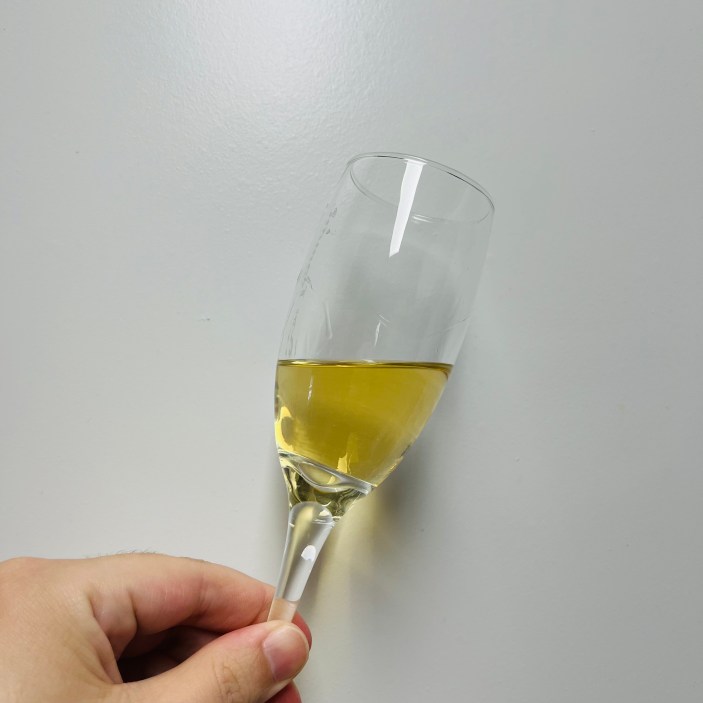
Nose: Warm rich waves of roasted agave and caramel waft from the glass.
Palate: Sweet vanilla begins your journey before warming in a rich chocolate taste with cinnamon, vanilla, and juicy pineapple notes.
Finish: The oak lives on the backend, with some toasted agave notes and more of that juicy pineapple fruitiness.
Taste 2:
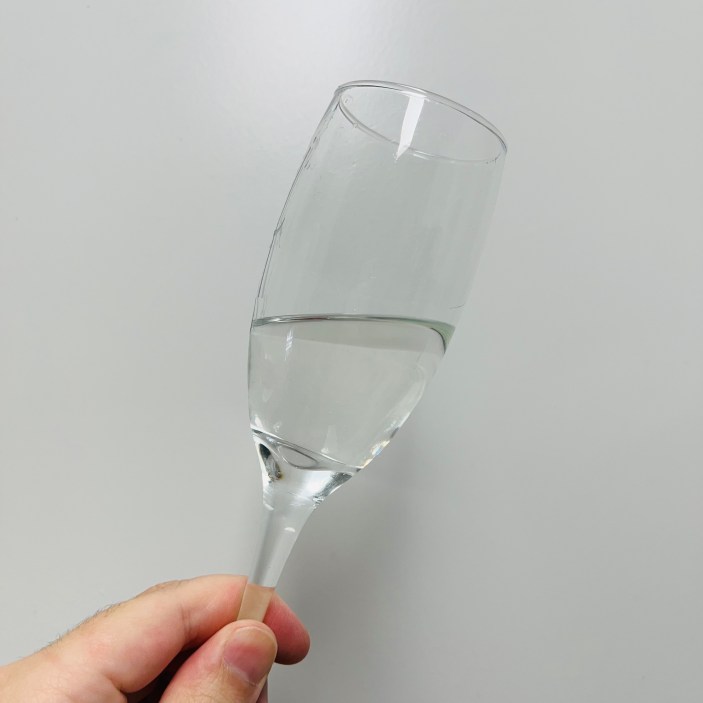
Nose: Heavy on the alcohol here, I’m going to guess this is one of the cheaper bottles. I’m mostly getting nail polish remover and vanilla on the nose. Very chemical.
Palate: Sweet and creamy with a black pepper counterbalance. I’m also tasting a bit of asparagus, but I have to strain for it.
Finish: Warm, oaky, and incredibly smooth with a sizzling burn. Much smoother than its nose would suggest.
Taste 3:
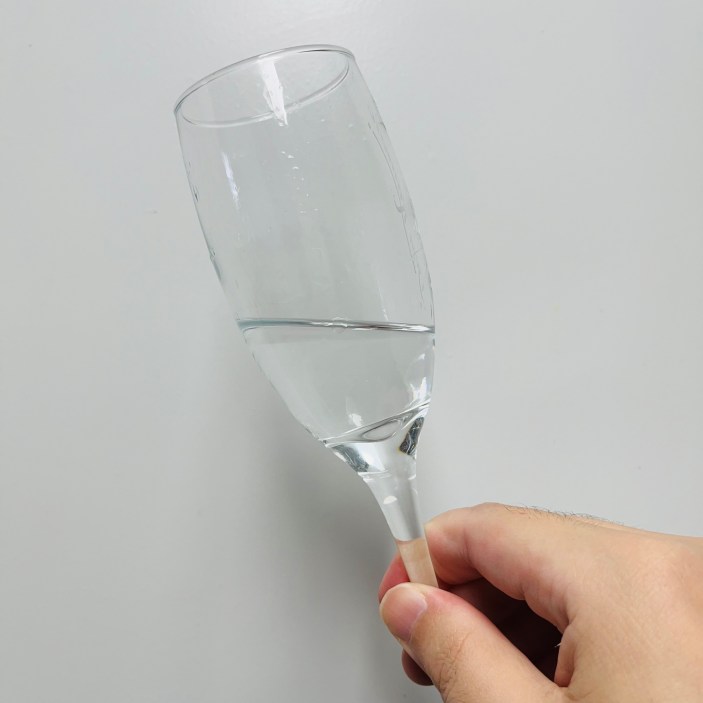
Nose: Pepper and agave on the nose, with a hint of funkiness. I don’t love that, but it tastes undeniably natural, which I do love.
Palate: Wow, it’s rich, buttery, and sumptuous. Almost mouthwatering. I’m getting a lot of roasted agave, cracked pepper, and the slightest hint of vanilla.
Finish: Floral and spicy with a hint of citrus.
Taste 4:
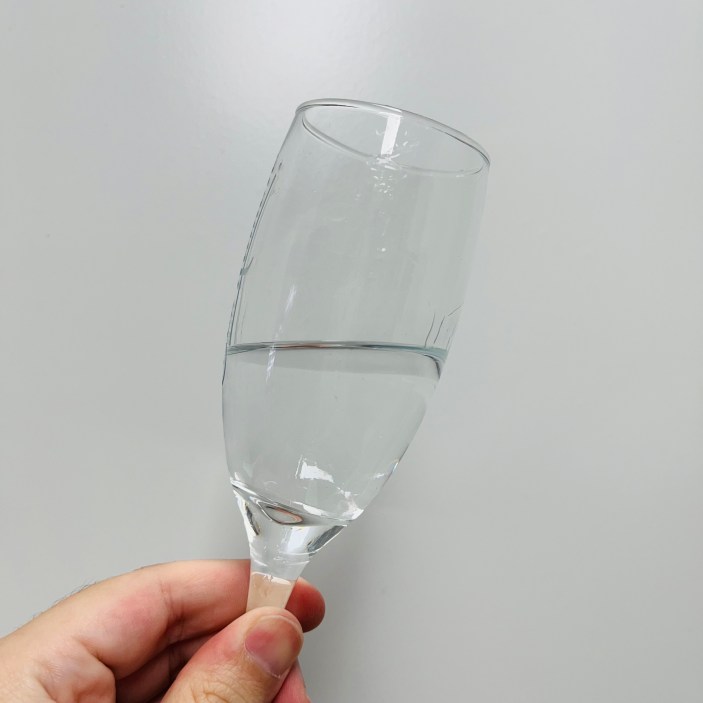
Nose: Chemical on the nose, I’m getting a sort of nail polish removed tone.
Palate: Mostly vanilla backed by juicy notes of mango, a bit of asparagus, and pepper.
Finish: Strangely minty and smokey. I’m going to guess this is the cristalino because of its heavy vanilla and smoke presence.
Taste 5:
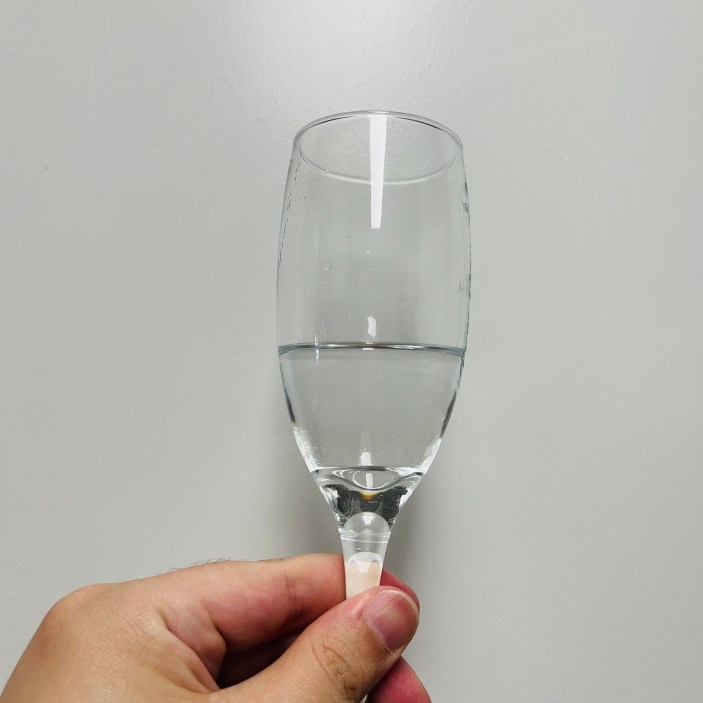
Nose: Rich roasted agave notes mingle with wet grass and some citrus zest.
Palate: That citrus dominates the palate as flavors of sweet key lime and grapefruit collide. Under all the fruity notes, I taste a bit of herbaceousness and tobacco.
Finish: A peppery finish that slowly intensifies. It brings you in for another sip.
Taste 6:
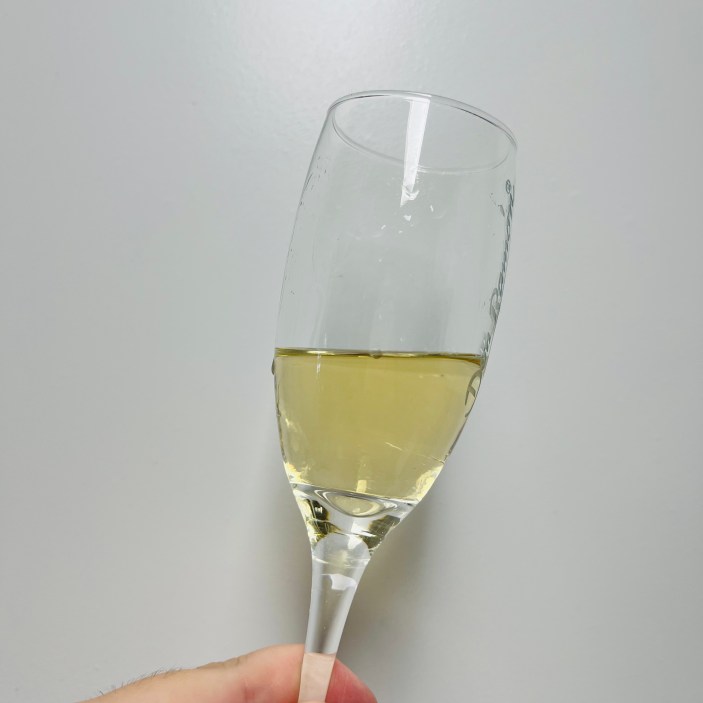
Nose: There is a noticeable alcohol harshness here, but I’m also getting warm roasted agave and some vanilla bean notes.
Palate: I’m tasting raw agave, vanilla, and a hint of floral honey. There are also some wet grassy notes lurking here.
Finish: Smooth and oak forward, that burn from the nose is completely absent on the finish.
Taste 7:
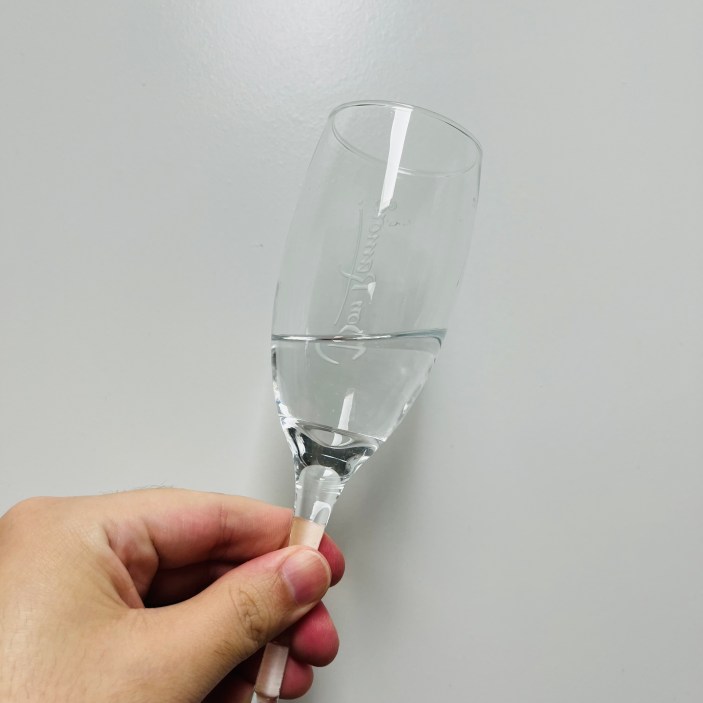
Nose: Zesty and bright with a lot of rich caramelized agave tones.
Palate: Very peppery with some thyme and cilantro notes.
Finish: A cool minty finish with a bit of spice that builds on the tongue between sips.
Taste 8:
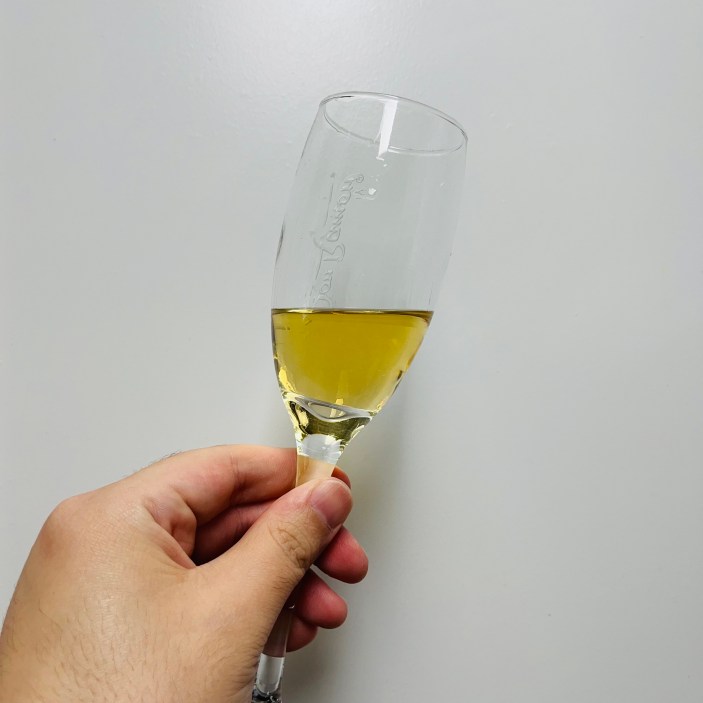
Nose: Vanilla frosting, honey, and oak. It’s pleasant, but I’m getting very little if any agave, and that’s not a great sign in my book.
Palate: Very sweet, to the point of being unnatural. I’m tasting vanilla, caramel, and straight-up sugar. This is without a doubt, one of the bottles with additives.
Finish: Sweet, smooth, and very pleasant. I’m not getting any agave on the finish, but there is a wonderful mellowness here that is hard to deny.
PART II — The Additive vs. Additive-Free Tequila Ranking
8. Cincoro Tequila Blanco (Taste 4)
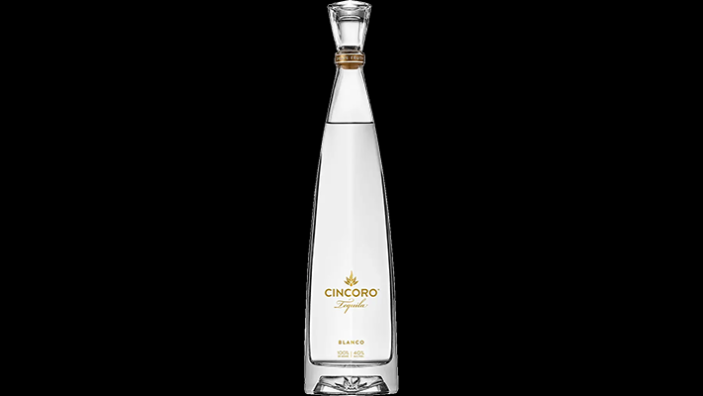
ABV: 40%
Average price: $72.99
Additive Free? No.
The Tequila:
I incorrectly assumed this was the cristalino during the blind portion of this taste test. It’s not and I was shocked to find out it was actually something completely unaged. Still, I could tell the liquid had a lot going on and strayed very far from having any palpable agave influence, which is why its ranking low for me.
The only celebrity brand we included in this blind taste test, Cincoro is a brand collaboration between Michael Jordan, and NBA team owners Jeanie Buss (the controlling owner of the Los Angeles Lakers), Wes Edens (Milwaukee Bucks), and Wyc Grousbeck (Boston Celtics). It’s expensive tequila, designed to be poured in expensive owner’s boxes at big games. The bottle design was even overseen by Mark Smith, the President of Innovation Special Projects at Nike — it even looks like a giant swoosh.
Flavorwise it’s just fine. Not bad, but not impressive either.
The tequila is produced at NOM 1438, Destiladora del Valle de Tequila, where it is one of 205 brands in production. The tequila is cooked in a high-pressure autoclave, roller mill extracted, and fermented in stainless steel tanks before being distilled twice through a stainless pot with a copper coil.
The Bottom Line:
It sure costs a lot, but it’s not worth the price. If you like that smoothed to death flavor, there are other bottles on this list that do it better.
7. Avión Reserva — Cristalino (Taste 2)
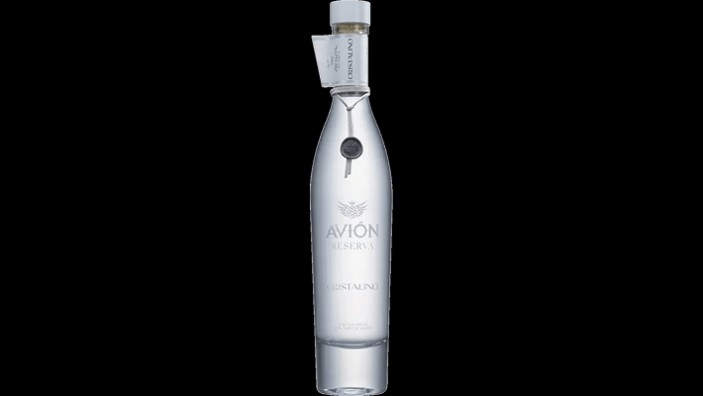
ABV: 40%
Average Price: $69.99
Additive Free? No.
Normally, I wouldn’t even think to include a cristalino in a blind taste test like this, but I wanted an aged tequila that didn’t look like an aged tequila, because then it would’ve been too easy to pick it out during the tasting portion. So a Cristalino will have to do!
Avión Reserva’s premium cristalino has all the hallmarks of a premium bottle, it has a high price tag, an easy-to-drink smoothness, and is sold with an elevated presentation in a gift-worthy box. The agave used here is sourced from the highlands of Jalisco, slow roasted in brick ovens, aged in American oak barrels, and double charcoal filtered for that cristalino shimmer.
Based on the nose alone, I thought this was for sure one of the more affordable bottles. I was wrong, but either way, this one didn’t perform all that well.
The Bottom Line:
For the price, I don’t think it offers an experience that’ll stay with you for very long. It sure looks pretty though.
6. Arette — Reposado (Taste 6)
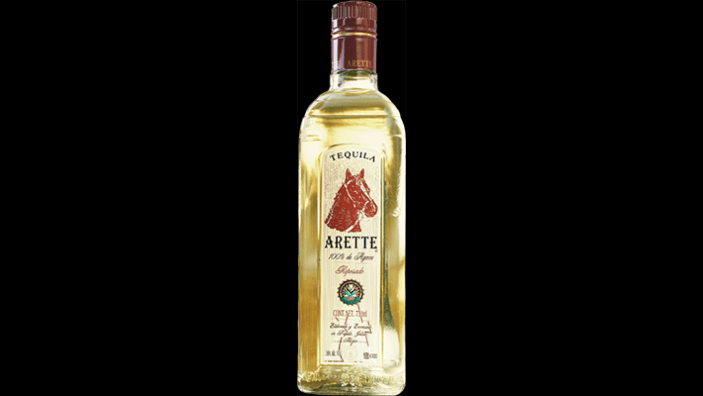
ABV: 40%
Average Price: $24.99
Additive Free? Yes, ceritified by Tequila Matchmaker.
Arette is the most affordable bottle on this list and look at that, it landed squarely in the middle of this list, that’s an impressive feat! Proof that price isn’t everything when it comes to good tequila.
This tequila is produced at NOM 1109, Tequila Arette de Jalisco, with agave cooked in a high-pressure autoclave that is roller mill extracted, fermented in open-air stainless steel tanks, and twice distilled.
The Bottom Line:
A nice mix between grassy green flavors, and dessert tones like honey and vanilla.
5. Clase Azul — Reposado (Taste 8)
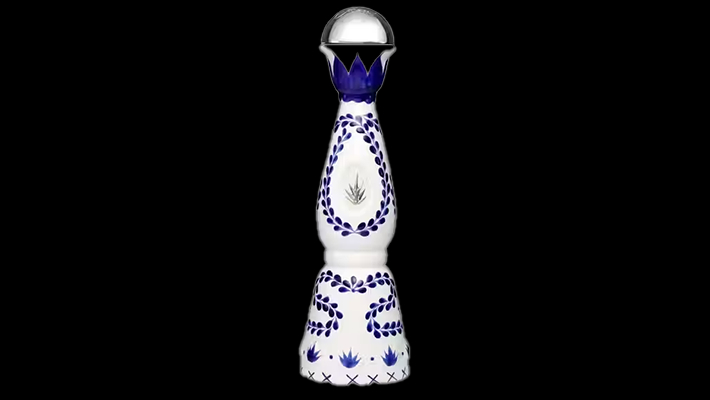
ABV: 40%
Price: $149.99
Additive Free? No.
The Tequila:
Clase Azul is routinely touted as one of the most coveted top-shelf tequilas. You see this bottle everywhere, restaurants that have it proudly display it, people go crazy for the design, and for good reason. I won’t bullshit you, this looks as expensive as it is. The bottle is a conversation piece!
But, it’s straight-up overrated. The bottle design is doing a lot of work here, the liquid inside is just fine and I think this blind taste test reflects that.
The tequila is produced at NOM 1595, Casa Tradición, and utilizes agave cooked in stone brick ovens, and roller mill extracted before being aged in American White Oak barrels for eight months.
The Bottom Line:
A very good tequila, but for the price, you could pick up three additive-free brands that taste more like tequila should. If you like your tequila so smooth you can’t tell its tequila, this is the bottle for you.
4. Tapatio — Tequila Blanco (Taste 5)
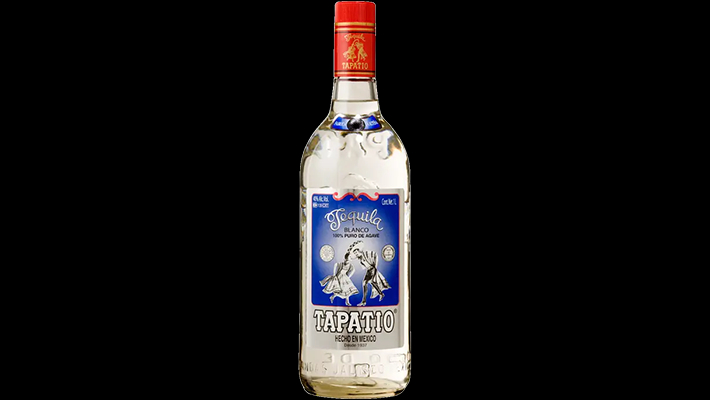
ABV: 40%
Average Price: $36.99
Additive Free? Yes, certified by Tequila Matchmaker.
The Tequila:
I had a feeling Tapatio — one of our favorite blancos — would rank highly, so I’m glad to see my blind palate confirm my biases. This tequila is produced at NOM 1139, La Alteña, which I’m not sure is capable of making a bad tequila. The agave goes through a meticulous hand harvesting process with the bud of male plants removed. Tapatio claims the bud “adversely affects the flavor of tequila,” and we’re inclined to believe the, as Tapatio tastes particularly great.
The agave is slow-cooked in stone masonry ovens, roller mill extracted, and fermented in open air wood vats for 72 to 96 hours.
Nose: Rich roasted agave notes mingle with wet grass and some citrus zest.
Palate: That citrus dominates the palate as flavors of sweet key lime and grapefruit collide. Under all the fruity notes I taste a bit of herbaceousness and tobacco.
Finish: A peppery finish that slowly intesifies. It brings you in for another sip.
The Bottom Line:
Grassy and herbaceous. One of the finest additive-free tequilas in any price range.
3. Tequila Ocho — Plata (Taste 7)
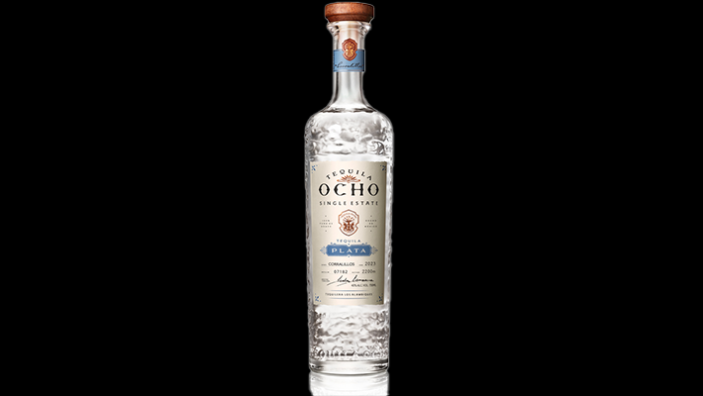
ABV: 40%
Average Price: $37.99
Additive Free? Yes, certified by Tequila Matchmaker.
The Tequila:
Tequila Ocho has appeared on a bunch of our lists this year, so it should probably go without saying, it’s one of our favorite tequila brands right now. Because of that, I was certain this was going to take the top spot, but it looks like my palate went another way.
Ocho is made from agave hand-harvested between 7-10 years, slow cooked in brick ovens for 48 hours, rested for a full day, and roller mill crushed. The liquid is then fermented in wood vats and twice distilled.
The Bottom Line:
An absolute steal at this price point. One of the best tequilas you’ll drink in any price range.
2. Jose Cuervo Reserva De La Familia — Reposado (Taste 1)
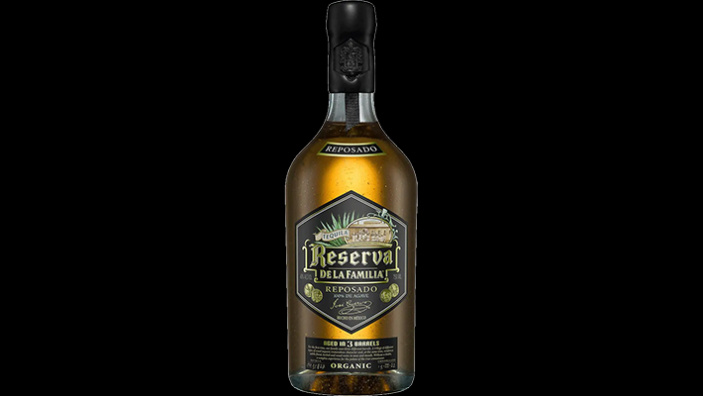
ABV: 40%
Average Price: $77.99
Additive Free? No.
The Tequila:
If you’ve written off Jose Cuervo as bottom-of-the-barrel stuff, you’re making a mistake. Yes, you’re not going to find Cuervo’s Especial series on any of our best bottle lists, but the brand’s premium Reserva De La Familia line is top-to-bottom great. For this blind taste test, we went with the Reposado.
This tequila is made from the inner portions of hand-harvested agave that is cooked at the La Rojeña distillery for 48 hours. Each bottle is numbered, dated, and wax-sealed by hand. To reach the repo state, the tequila rests in three different oak barrels over two years.
This bottle performed very well in this taste test, it’s one of the more expensive bottles and I can definitely taste some additives here, but not in an overpowering way. If there was ever proof that additives can be done in tequila without totally ruining it, this bottle is it!
The Bottom Line:
For the price, it comes across as luxurious while offering that smoothness and easy drinkability that’ll impress more casual tequila drinkers.
1. Mijenta — Tequila Blanco (Taste 3)
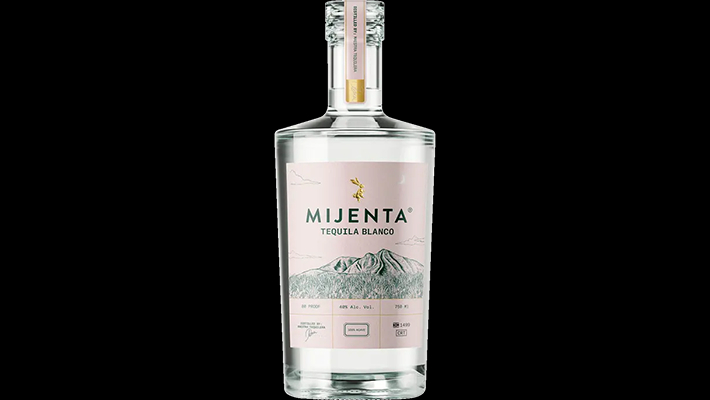
ABV: 40%
Average Price: $42.99
Additive Free? Yes, certified by Tequila Matchmaker.
The Tequila:
No surprise that this one performed well. My tastebuds are geared toward Mijenta, the brand is one of my favorites. The purity is unparalleled when compared to the other bottles in this list. There is a bright, agave-forward, ever-shifting flavor here that makes it a true joy to sip on.
Mijenta is produced at NOM 1412, Destiladora de Los Altos, using agave harvested from the highlands of Jalisco, cooked in a low-pressure autoclave, and roller mill extracted before being fermented in stainless steel tanks and distilled in a stainless steel pot.
The Bottom Line:
Natural, agave forward, and complex. This is additive-free at its best — outkicking its coverage by a country mile.







